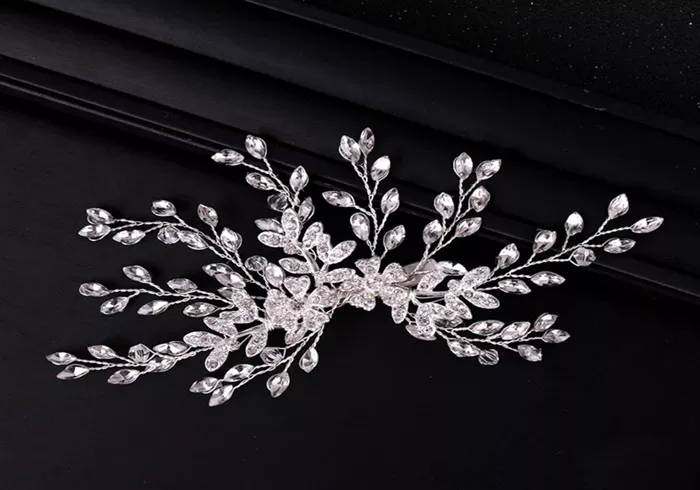A recent study by Bain & Company, in collaboration with Altagamma, reveals that the global luxury goods market faced a slight decline in 2024, but the jewelry segment stood out as a resilient performer. The Luxury Goods Worldwide Market Study, released last month, highlights key trends and insights into the luxury market’s performance over the past year.
Global Luxury Market Sees Modest Decline
In 2024, the global luxury goods market dipped to €1.48 trillion ($1.54 trillion), marking a 1 to 3 percent year-over-year decline at current exchange rates. Despite this drop, the market remains stronger than pre-pandemic levels, signaling a normalization after the robust growth seen in 2022 and 2023.
Shrinking Customer Base
For the first time in the report’s 23-year history, the luxury market’s customer base contracted. Bain estimates that the market lost approximately 50 million customers globally between 2022 and 2024, shrinking from 400 million to 350 million. This decline was driven by reduced demand for personal luxury goods, particularly among younger consumers.
The personal luxury goods segment—which includes jewelry, watches, clothing, and cosmetics—saw its first contraction in 15 years, excluding the pandemic period. Sales in this category fell 2 percent year-over-year to €363 billion ($377 billion) in 2024. The report attributes this decline to macroeconomic uncertainty, rising prices, and a shift in spending habits among younger generations, especially Gen Z.
Polarized Brand Performance
The slowdown led to uneven performance among luxury brands. Only about one-third of brands experienced growth in 2024, a sharp drop from 95 percent in 2021-2022 and 65 percent in 2023. Rising costs and limited room for further price increases also eroded profitability for many brands.
Regional Trends: U.S. Market Holds Steady
In the Americas, luxury sales totaled €100 billion ($103.86 billion), down 1 percent year-over-year. Despite fluctuations in consumer confidence, the U.S. luxury market maintained a generally upward trajectory throughout the year. However, aspirational shoppers faced financial pressures, leading many to seek value-for-money options at department stores and outlet malls.
Younger consumers, in particular, prioritized hyper-personalized customer service and unique items. Looking ahead, factors such as potential interest rate cuts, easing inflation, and the conclusion of the U.S. presidential election could bolster the market’s performance.
Jewelry: A Bright Spot in Luxury
While the overall personal luxury goods market struggled, jewelry emerged as the most resilient category, with sales flat to up 2 percent year-over-year, reaching €31 billion ($32.2 billion). High jewelry, in particular, outperformed less elevated segments, driven by strong brand strategies and customer-centric approaches.
Luxury fashion houses, such as Chanel, expanded their presence in the high jewelry market, introducing collections like Haute Joaillerie Sport. Additionally, the secondhand luxury market grew, with pre-owned jewelry sales rising significantly, offering an entry point for aspirational consumers.
Other Performing Categories
Outside of jewelry, luxury beauty and eyewear also performed well, with sales up 3 to 5 percent year-over-year. Consumers gravitated toward small indulgences and responded positively to innovative designs in eyewear.
Related topic:
- Swiss Jewelry Brands Use Blockchain to Tokenize Diamonds
- US to Require Diamond Importers to Declare Country of Origin
- New Jewelry Shop Opens Amid Tragedy in Lanzarote


